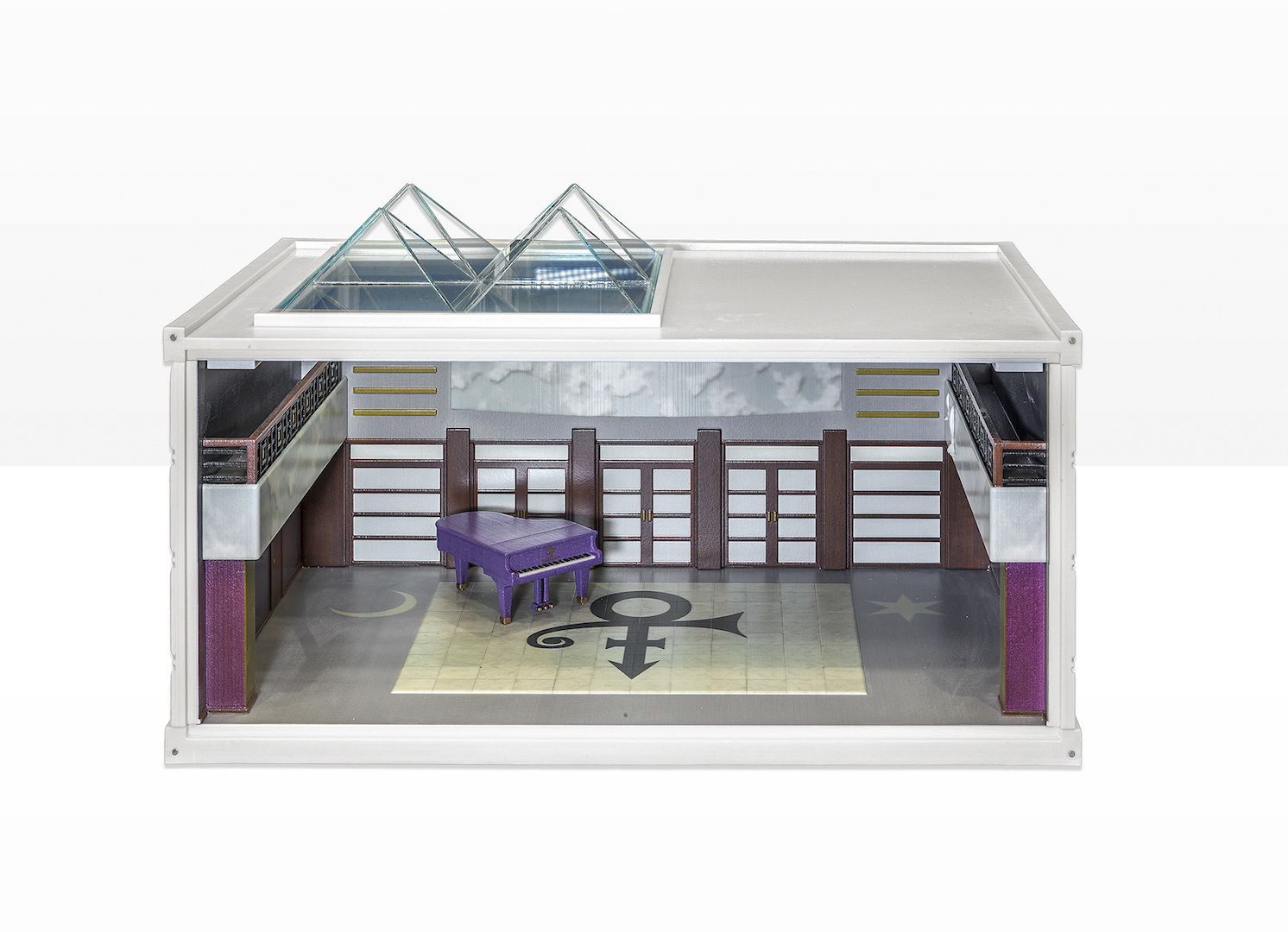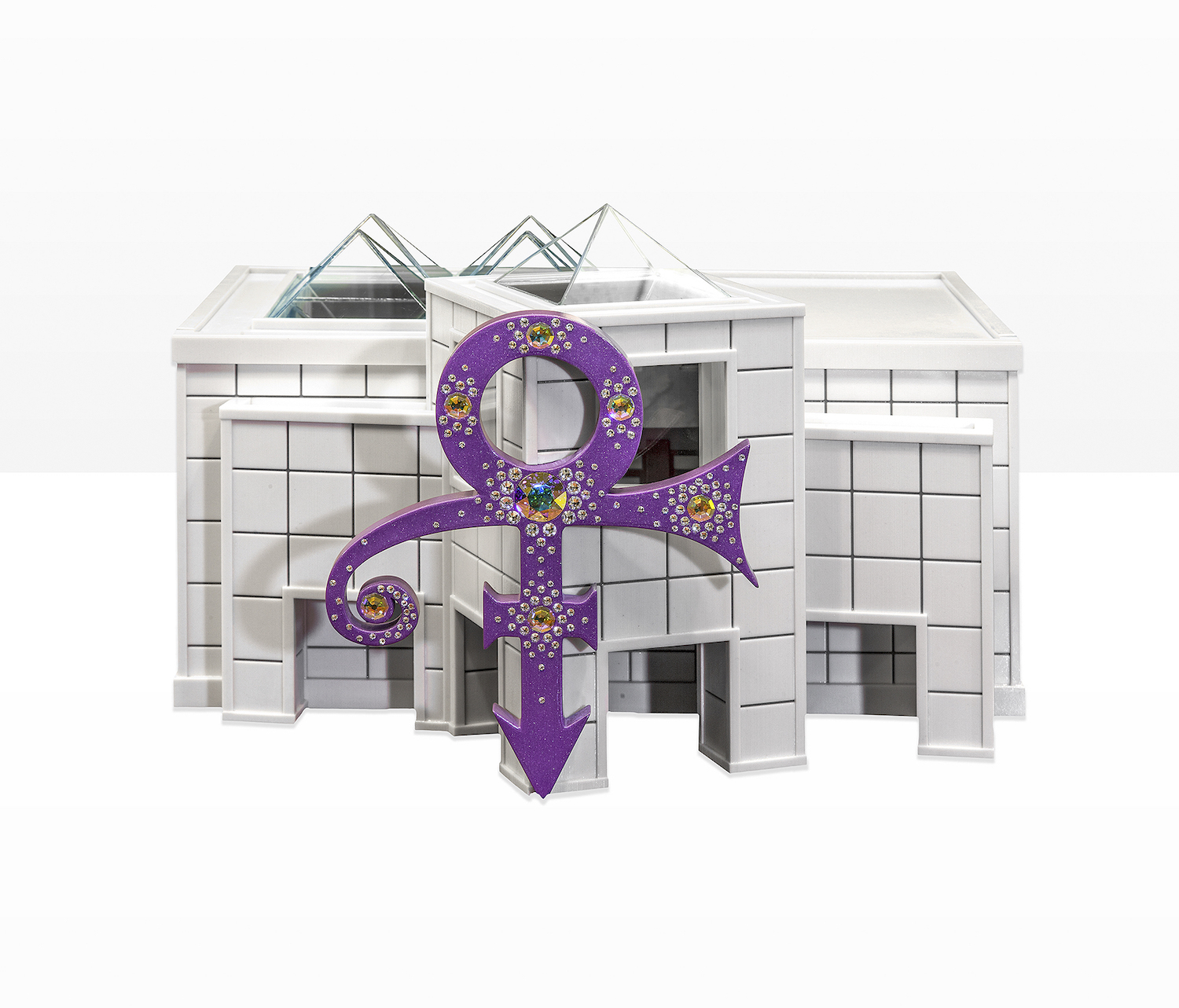Peter Saari estimates that 30 percent of his clients aren’t even near death. They like the idea of being able to enjoy their 3D-printed urn during their lifetime. “Nobody even needs to know it’s an urn unless you tell them,” says Pete. “People will just think, ‘Oh, that’s a cool model of your car on your sideboard.'” Recently, one family approached him about creating an urn shaped like the space shuttle for their father, who had helped design the original vessel as an engineer at NASA. The future inhabitant, then 95, said he looked forward to showing his urn to his friends at his senior living community.
Pete’s company, Foreverence, has been making 3D-printed urns in Eden Prairie, Minnesota since early 2014. “I’m a startup guy,” Pete tells me. This is his fourth company and the idea, he says, is to use his background in 3D printing to offer “cremation families” more artful, joyful options for their loved ones. “We take ideas, images, sketches, you name it, from families, and help them build a beautiful legacy object,” he explains.
If you’ve heard of the startup before, it might be because Pete created the red “energy dome”-shaped urn of departed DEVO guitarist Bob Casale. “That endeavor got a lot of publicity,” he says. Sitting at his kitchen table one day, reading an article about Casale’s passing on CNN, he had thought, “Talk about someone who’s so associated with an iconic object, and wouldn’t that would make a perfect urn?” He called DEVO’s manager and suggested he might be able to make something that would “help represent [Casale’s] life and work in a meaningful way.” Ten minutes later, the manager called back saying Casale’s family loved the idea. Soon after, an original DEVO hat arrived at Foreverence for Pete to translate into a to-scale ceramic replica.
Earlier this year, Lemmy Kilmister’s family saw an article about the Casale urn and asked Pete to create something befitting the Motörhead frontman’s memory after he passed away in December 2015. Foreverence printed a ceramic miniature of the drummer’s signature black cavalry hat, which is now on permanent display at Forest Lawn Cemetery in Hollywood.
But not all of Foreverence’s clients are music world icons. Pete has created urns for hundreds of families to commemorate loved ones from parents to pets. A common theme, he says, is cars. “People either come to us with a very identifiable object or abstract ideas or stories that we translate into the visual realm.” His team has printed urns fashioned after elephants, cats, and the White Castle logo. “We need to pitch a reality show,” Pete suggests. “I mean, there’s one about cupcakes. And we have such a wealth of stories.”
Foreverence’s most ornate creation to date, though, is definitely the 14″-high replica of Paisley Park that now houses the ashes of the estate’s former owner, Prince. Earlier this month, the singer’s home opened to the public as a museum. Visitors immediately began remarking on the insanely detailed miniature mausoleum they saw on display. The urn was designed by Prince’s sister, Tyka Nelson and her son President. (President.) Its shape directly follows the blueprint of Paisley Park and is adorned with a large purple Prince symbol inset with seven crystals (seven was Prince’s favorite number, for reasons that were explained to Pete but which he can’t quite remember). Tyka inlaid the final and largest stone herself, he says.

When the family first approached Foreverence, Pete considered printing an urn in the shape of the singer’s iconic symbol, a guitar, some sign of his Jehovah’s Witness faith, or a little red corvette. But Tyka and President came into the office with designs of their own, including a mockup for a model of the facade of Paisley Park. “I give design credit for this to Tyka and President!” says Pete. Unusually, they wanted to decorate the inside of the urn too, “even down to the doves in the atrium.” (There is also a miniature replica of Prince’s purple Yamaha piano.) “We’d never been asked to finish the inside of an urn before,” Pete tells me.
Pete admits the reaction to the urn has been mixed. “Some people have said it’s fit for a king,” he muses, others have found the public display of the singer’s remains “uncomfortable.” “But I’m happy his family chose to share it with his fans,” he says of the urn, “And if we’d gotten no reaction I’d have said we’d failed. I’m sure that every time Prince released an album, someone thought it was terrible. I think that’s what art is.”
Related: Proof that Prince was an internet genius
Credits
Text Alice Newell-Hanson
Images courtesy Foreverence
